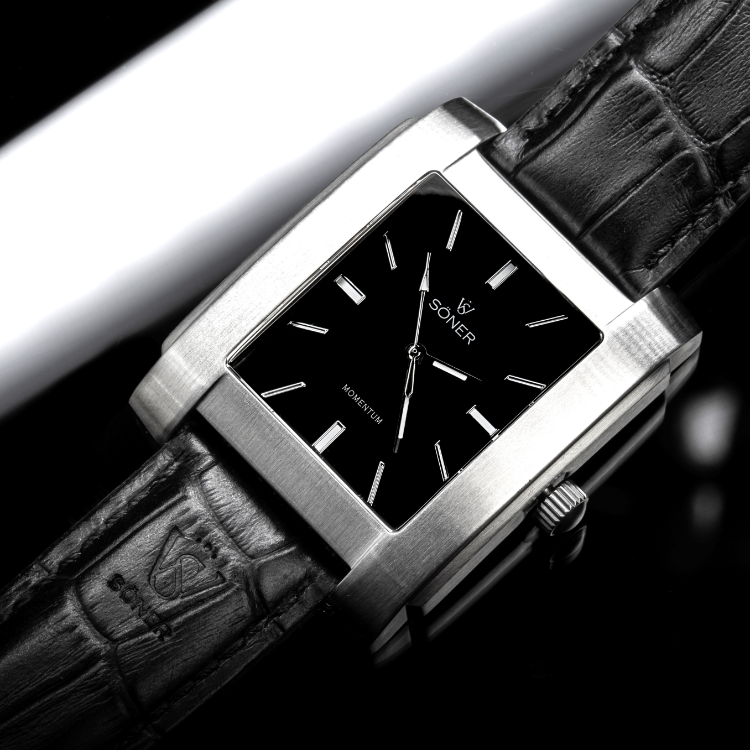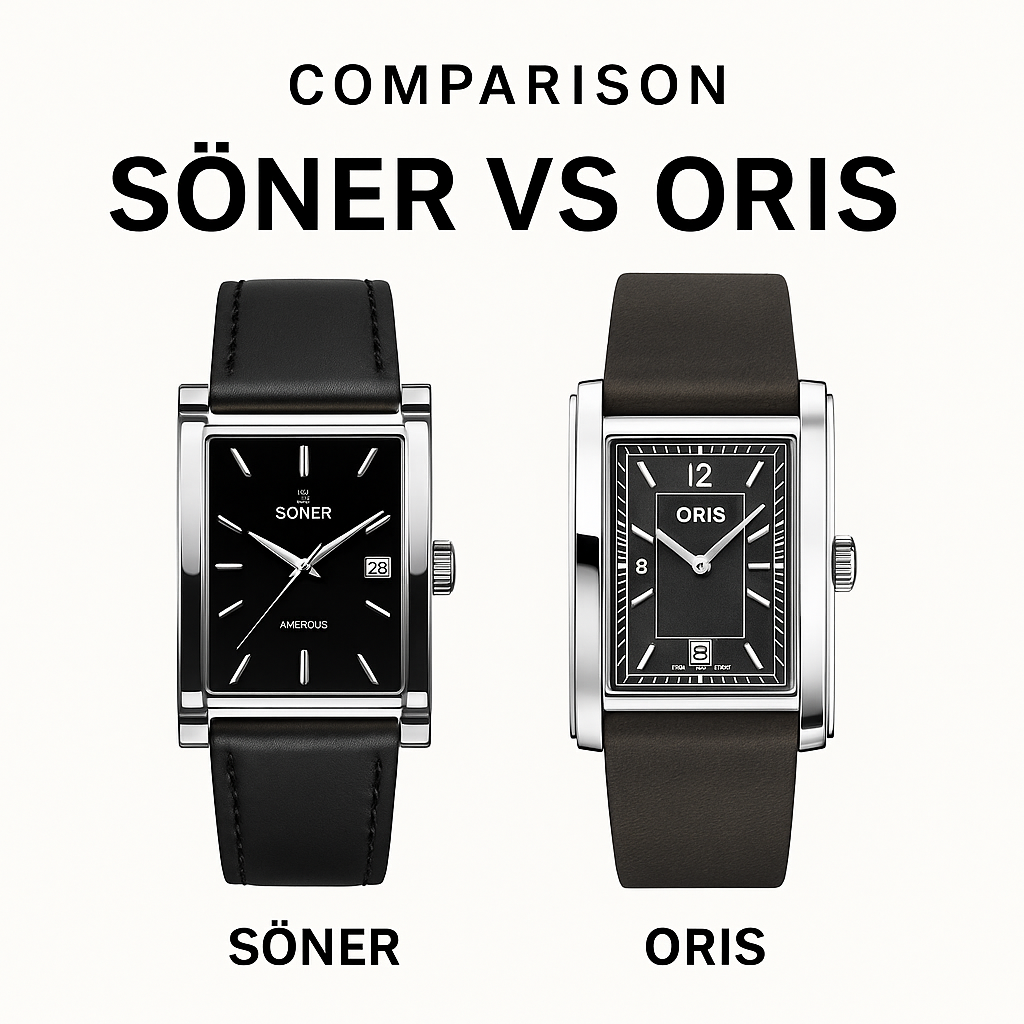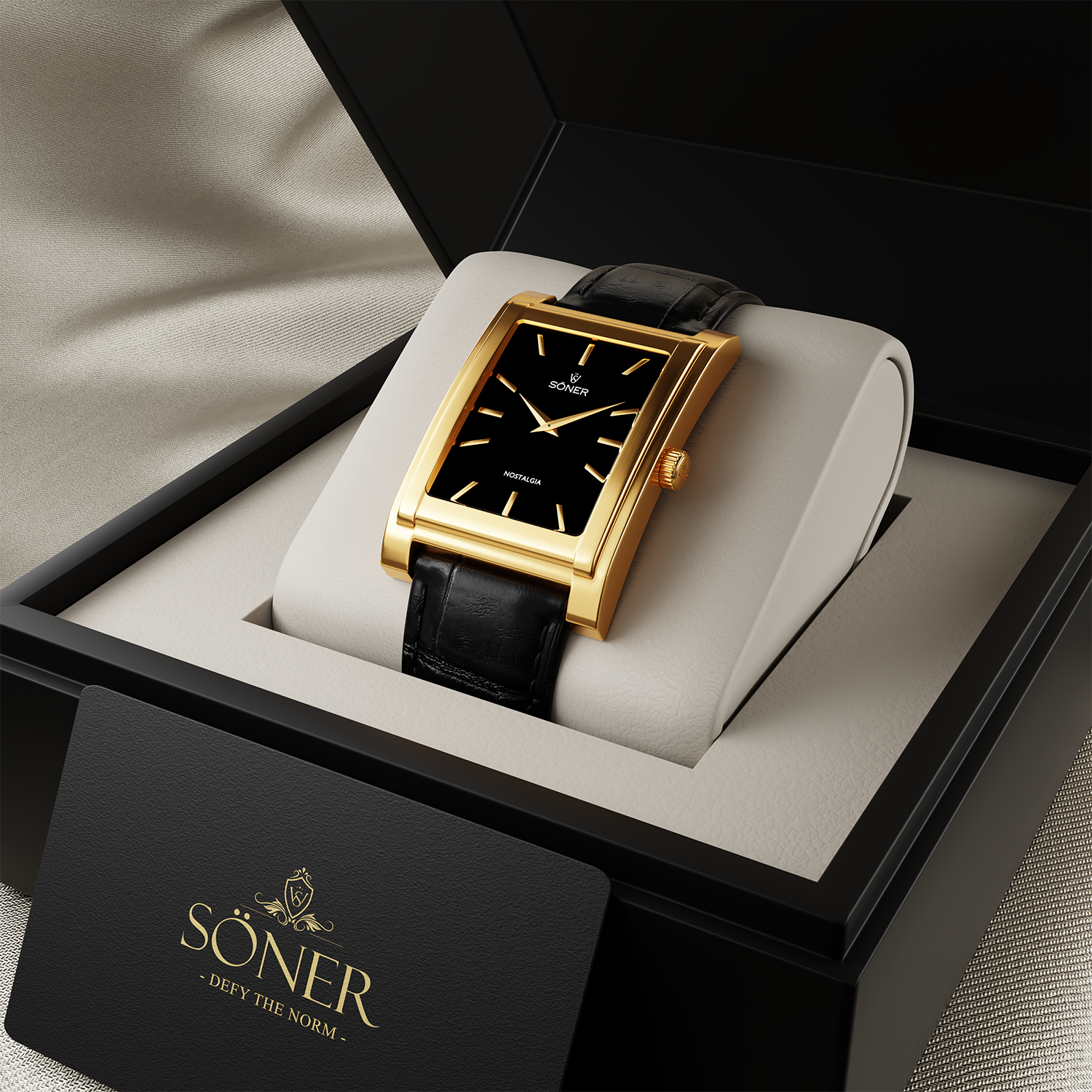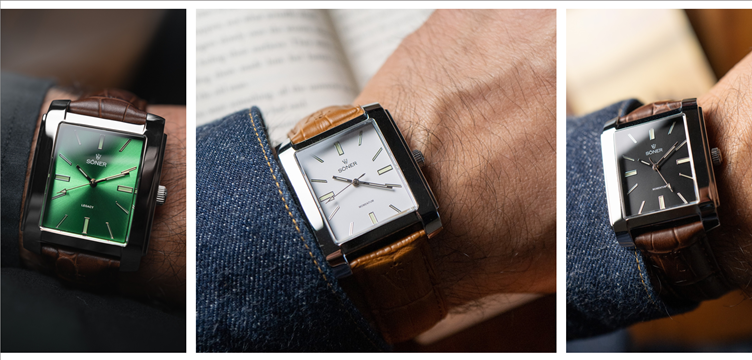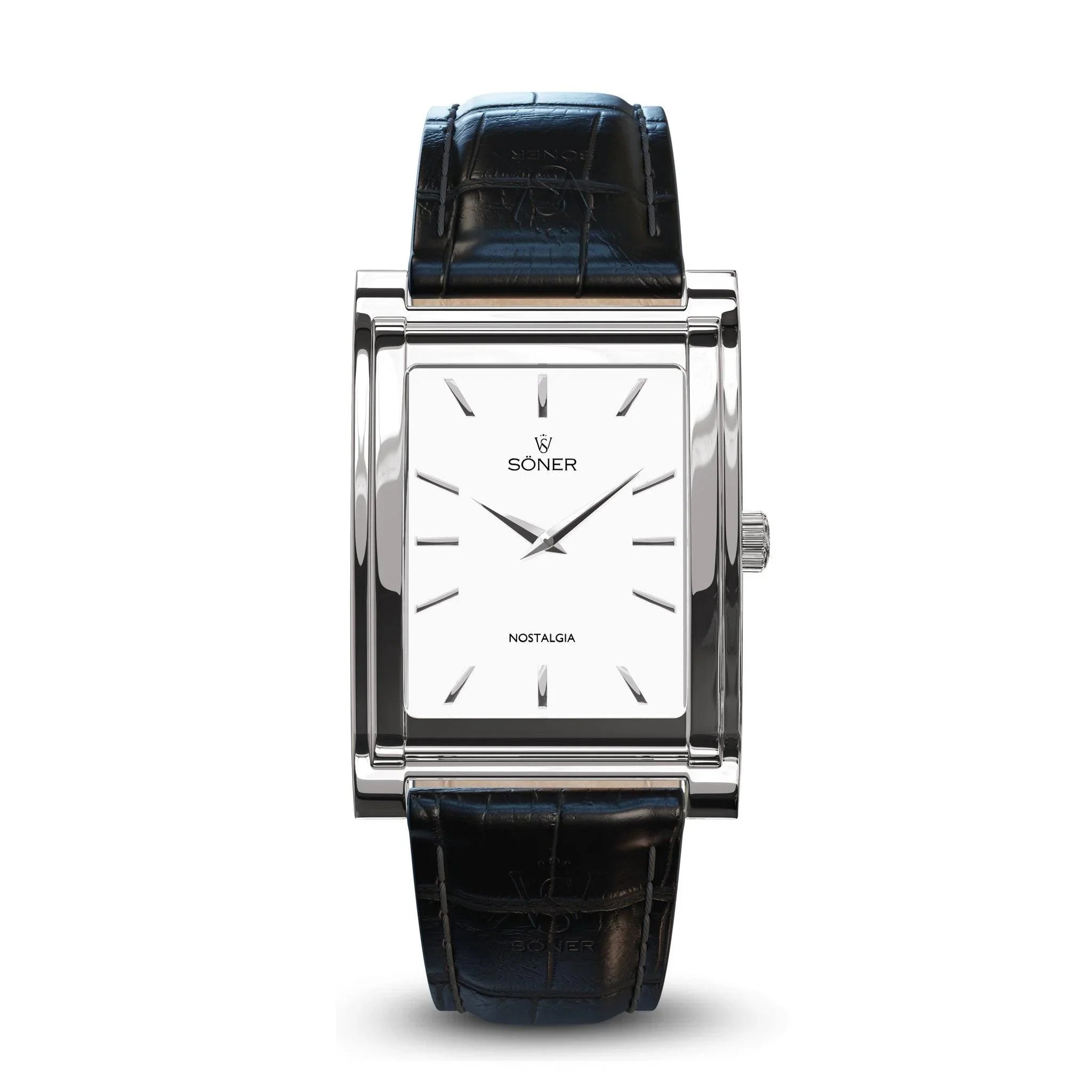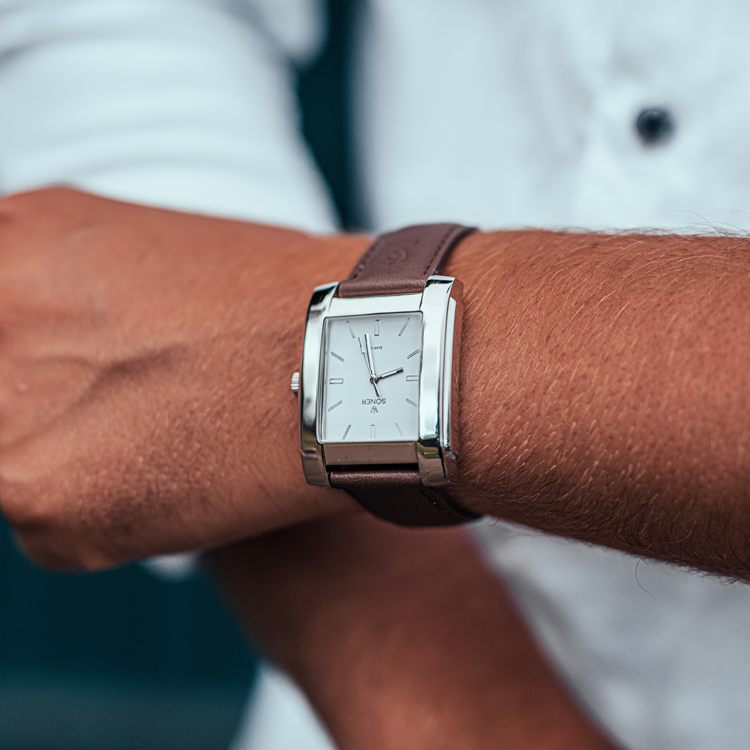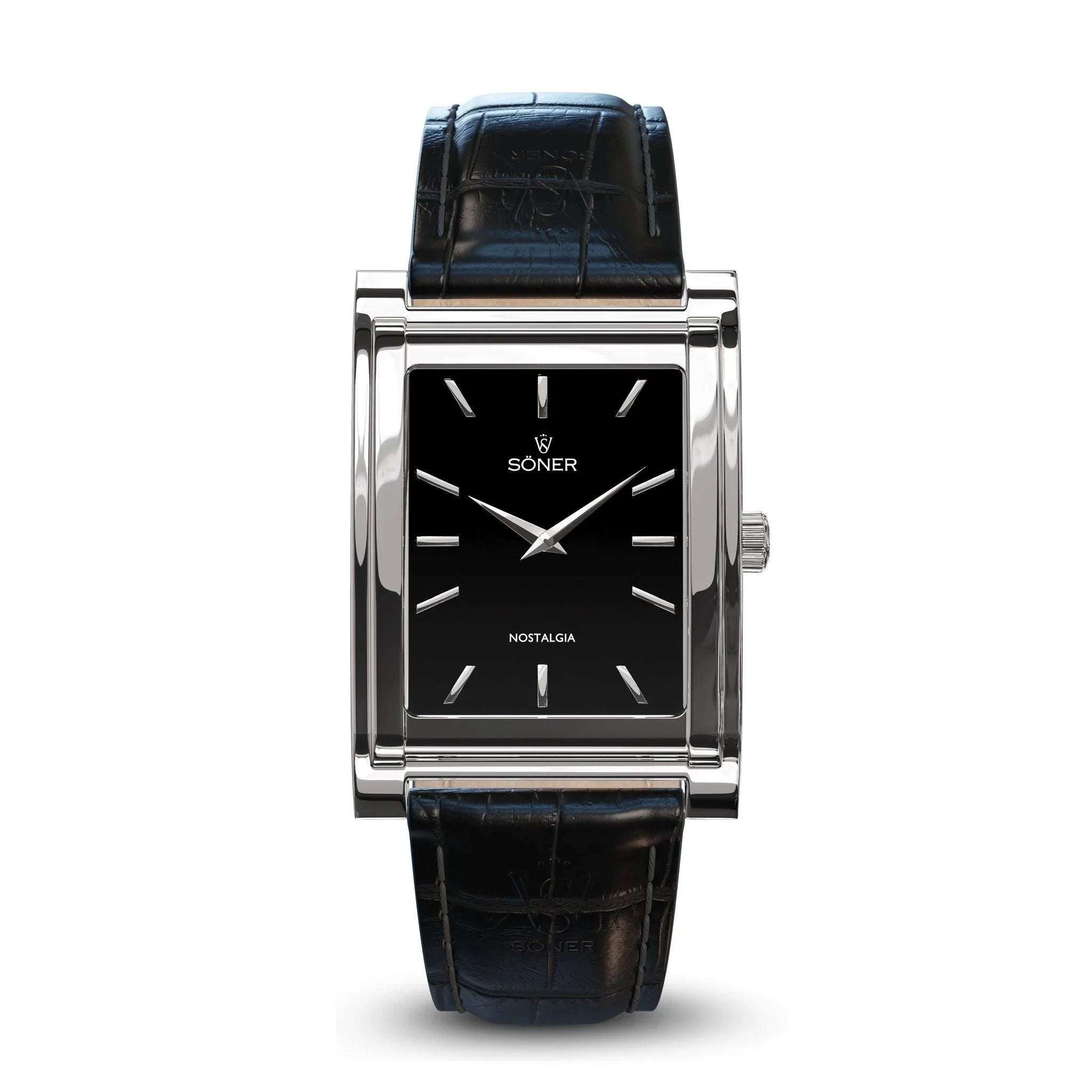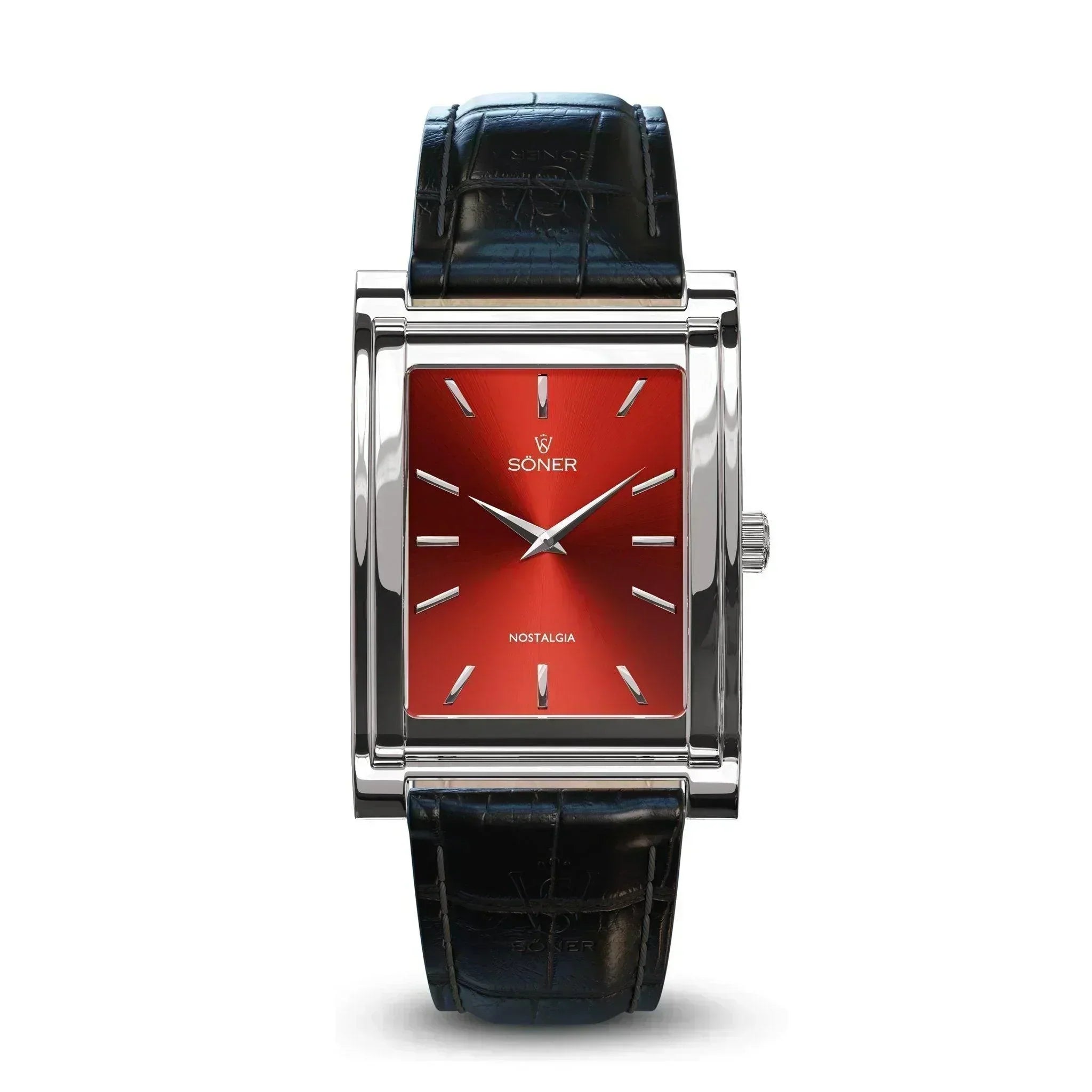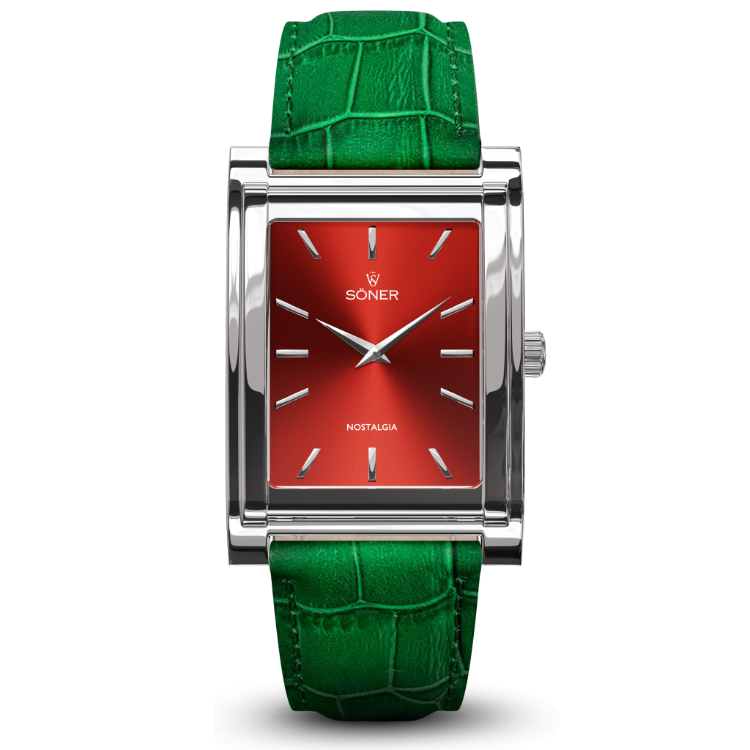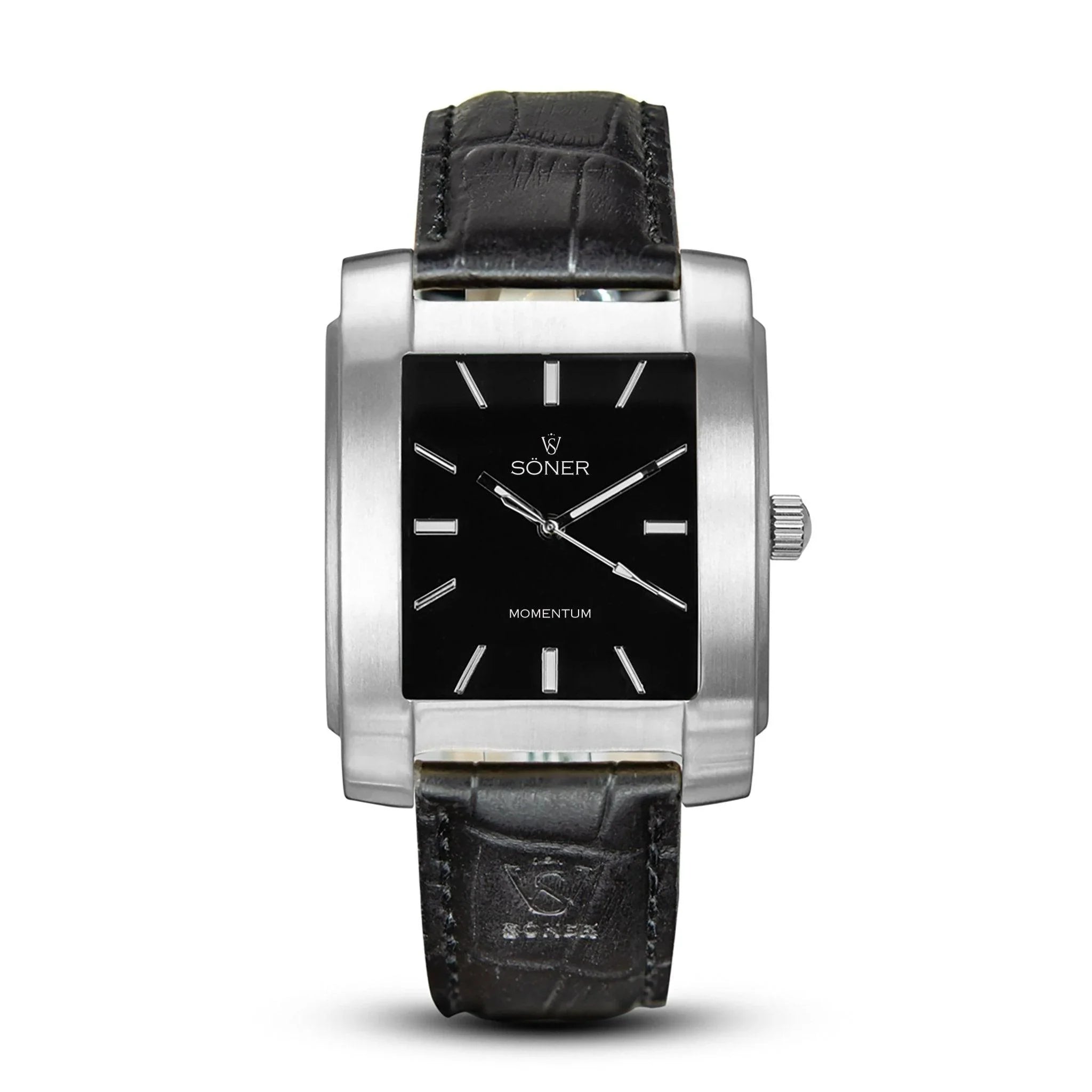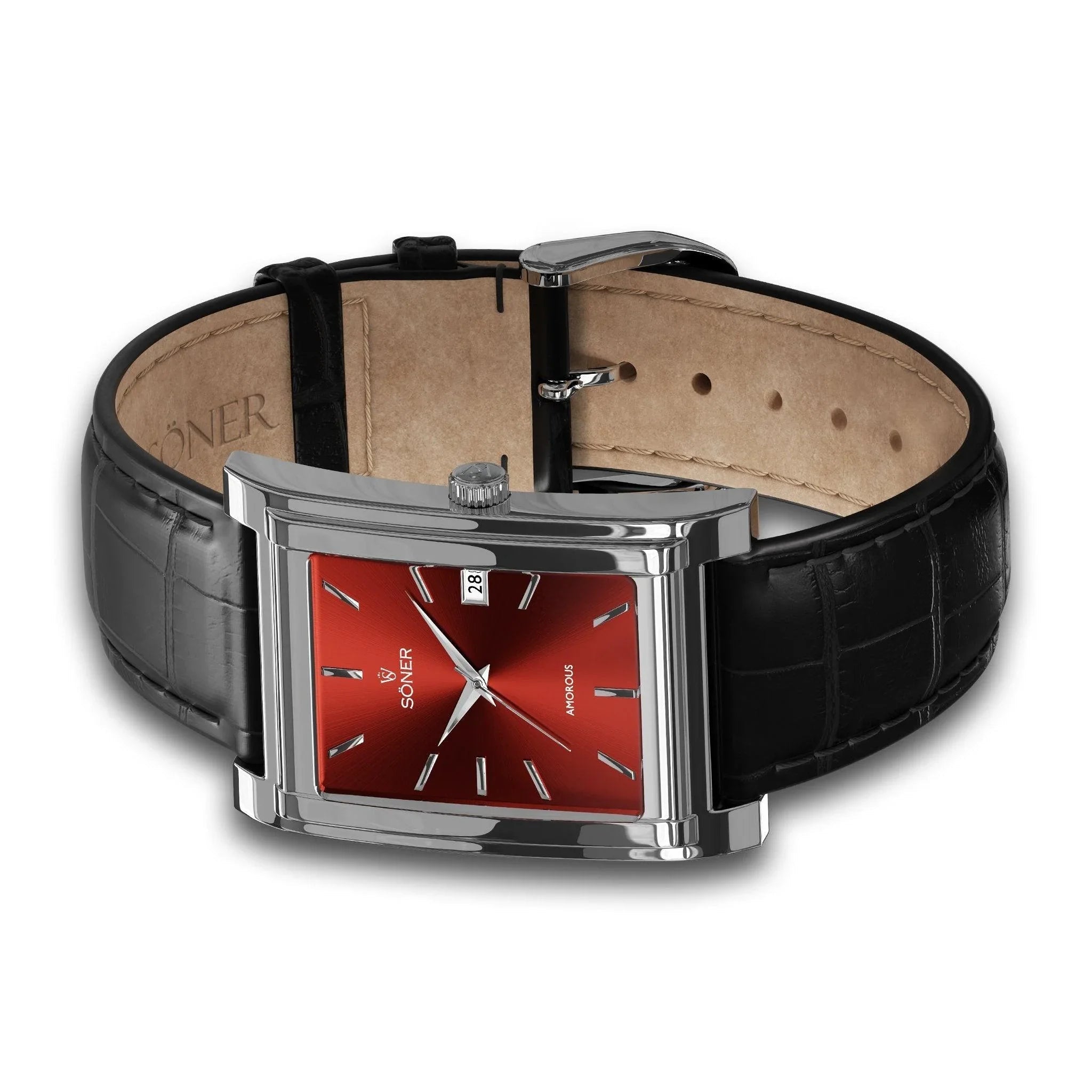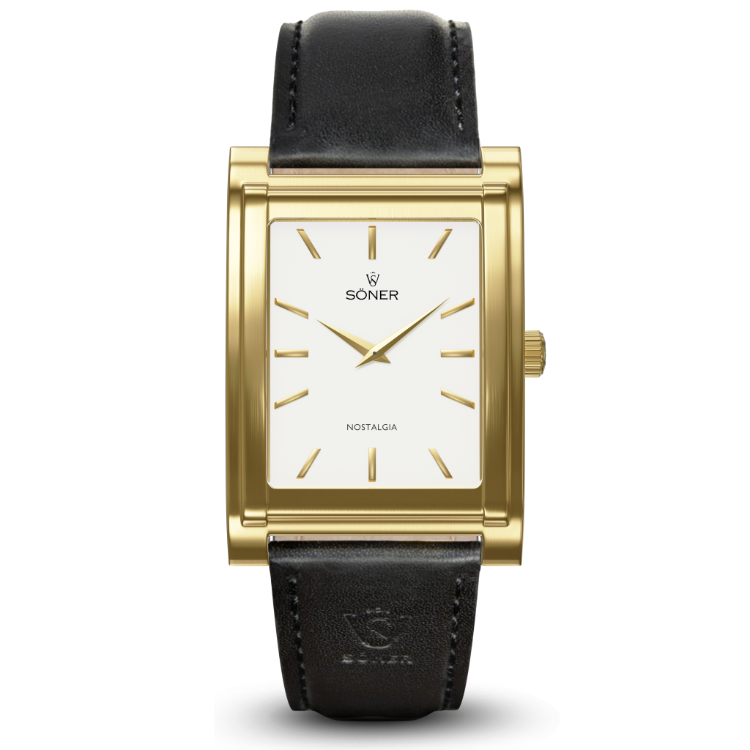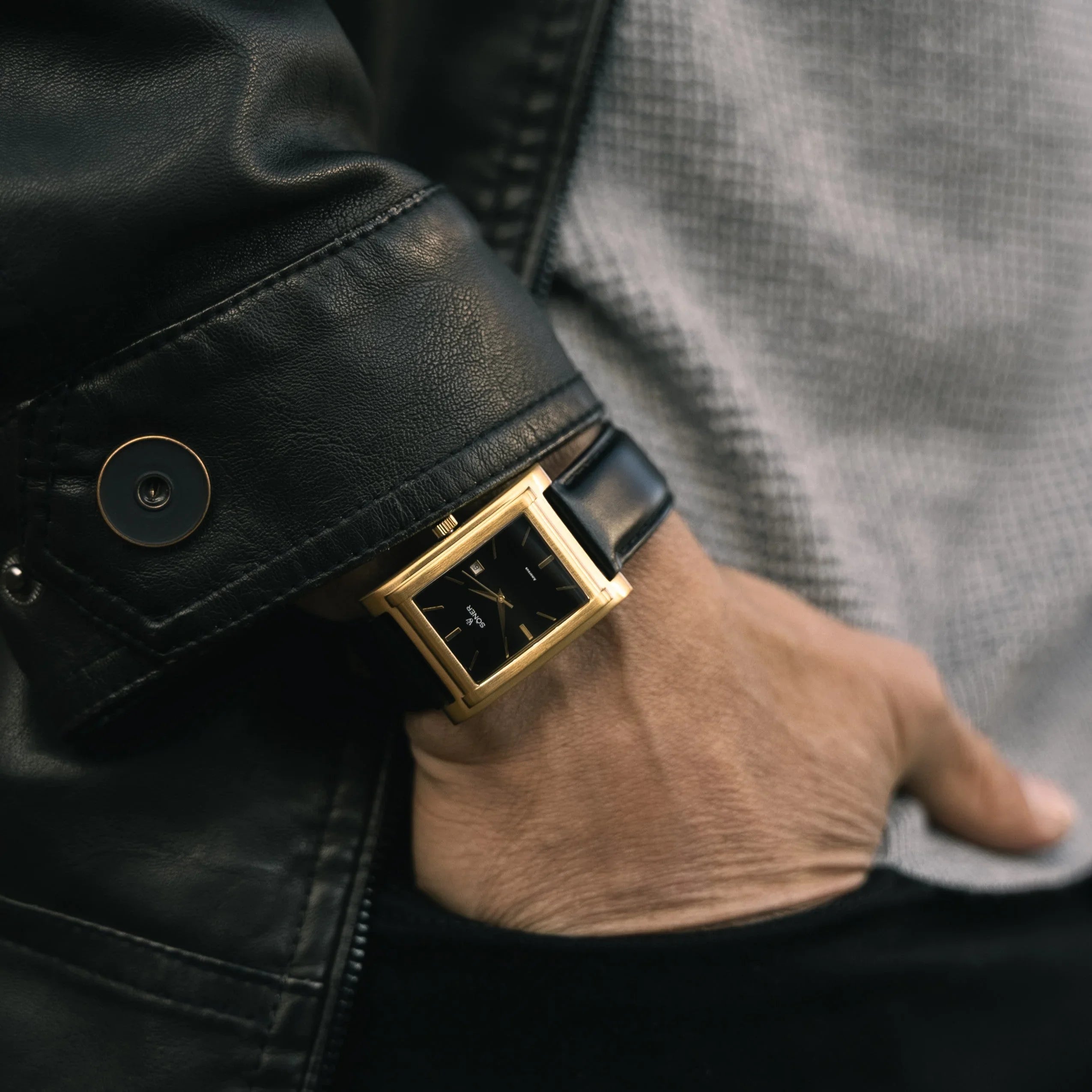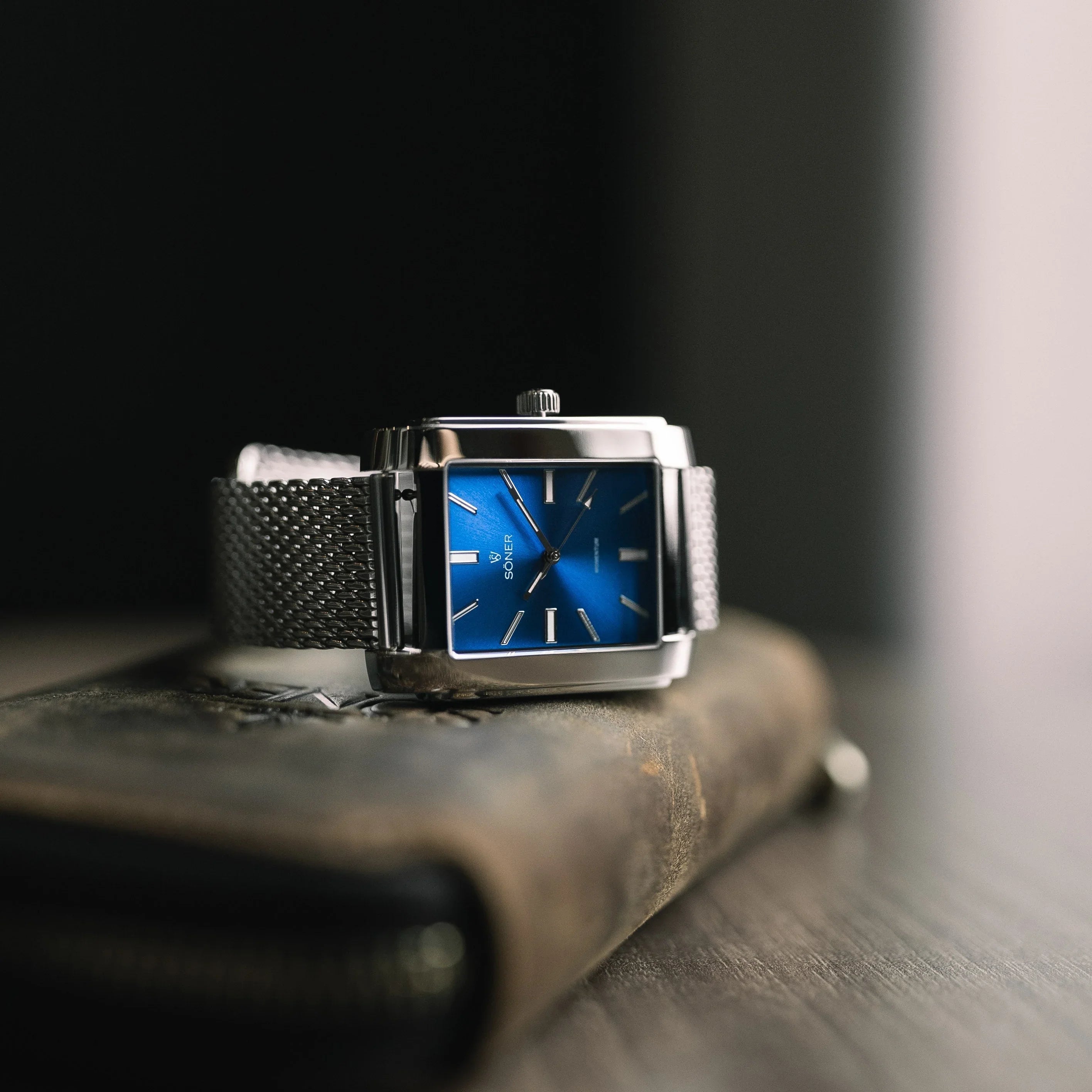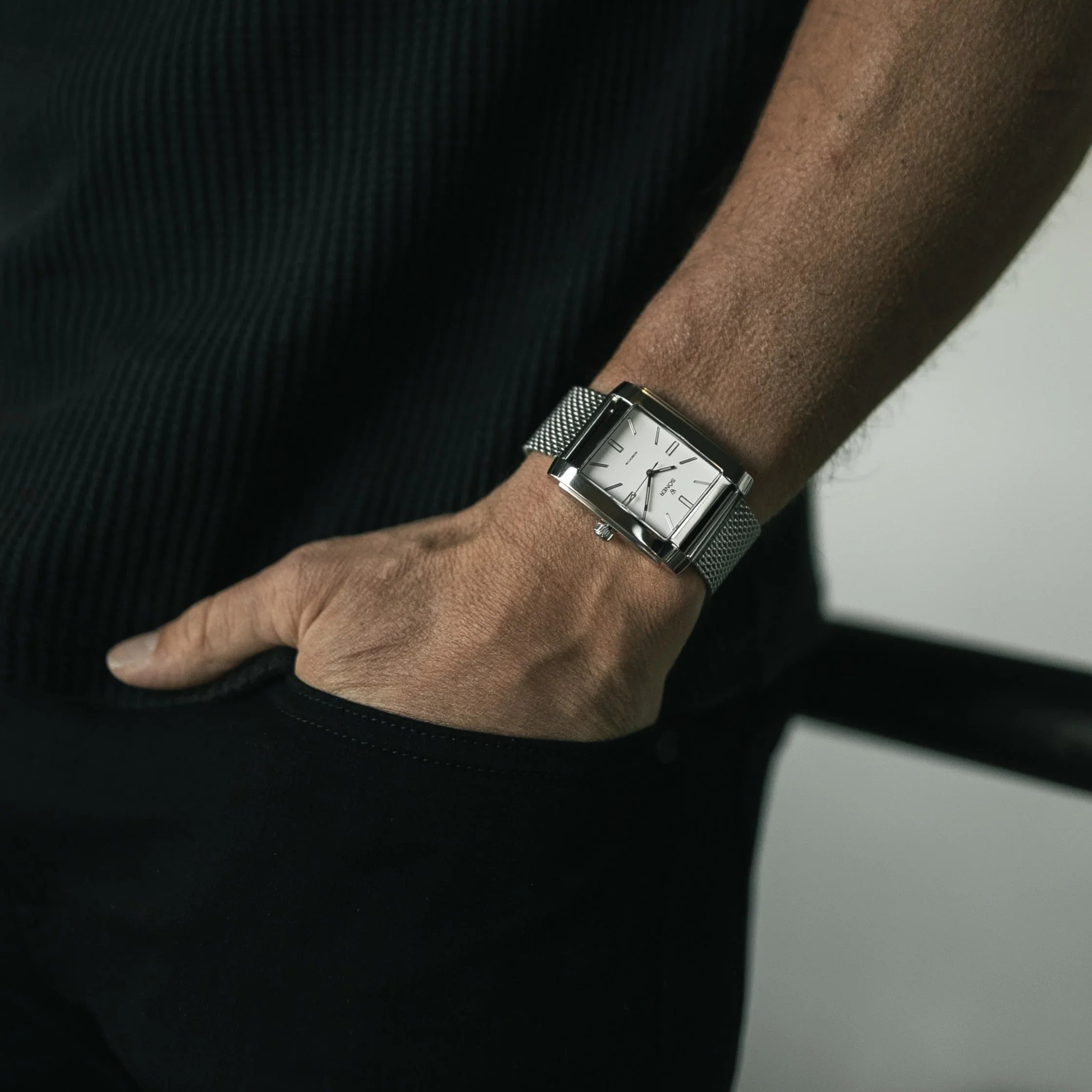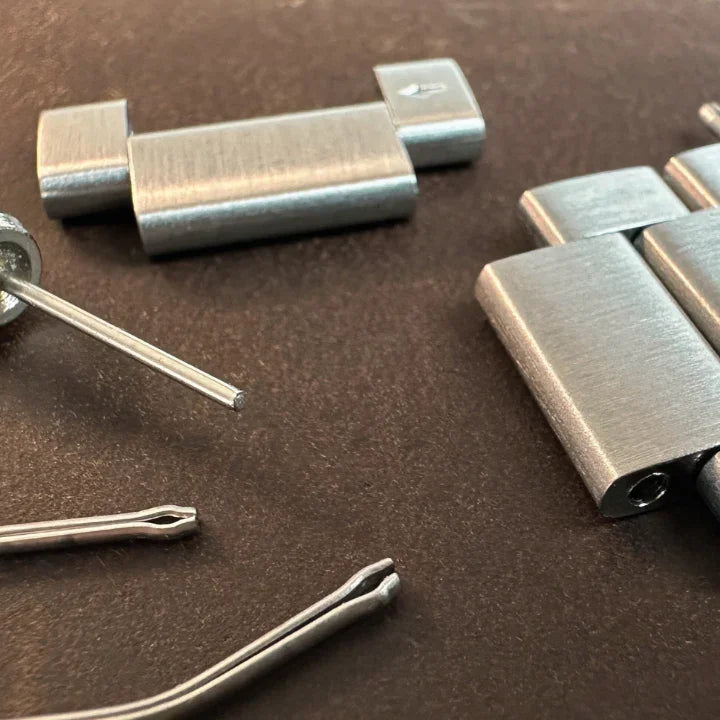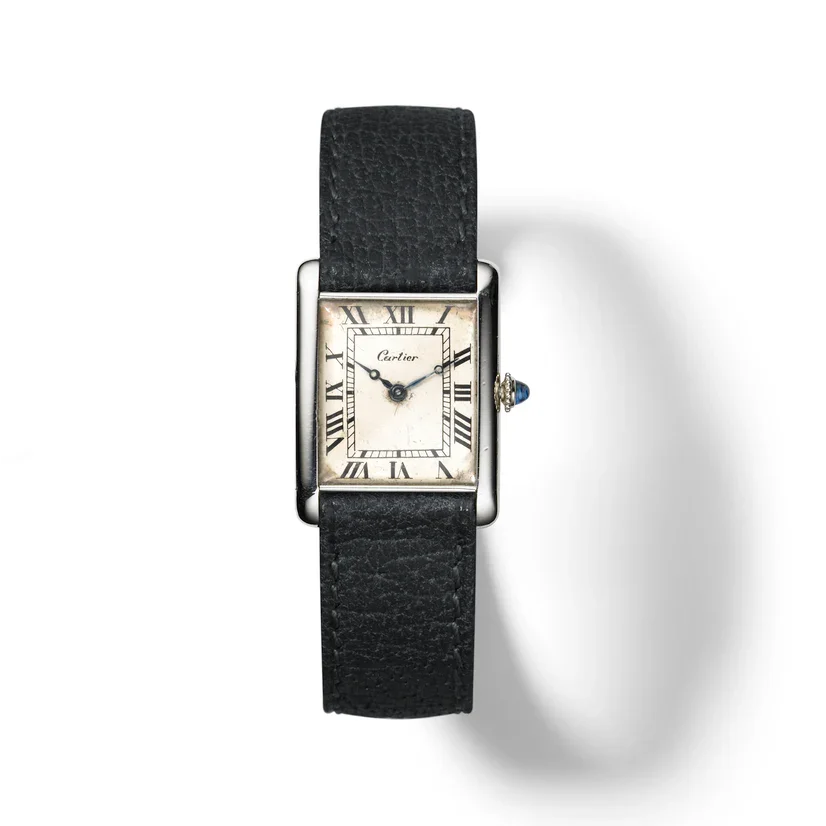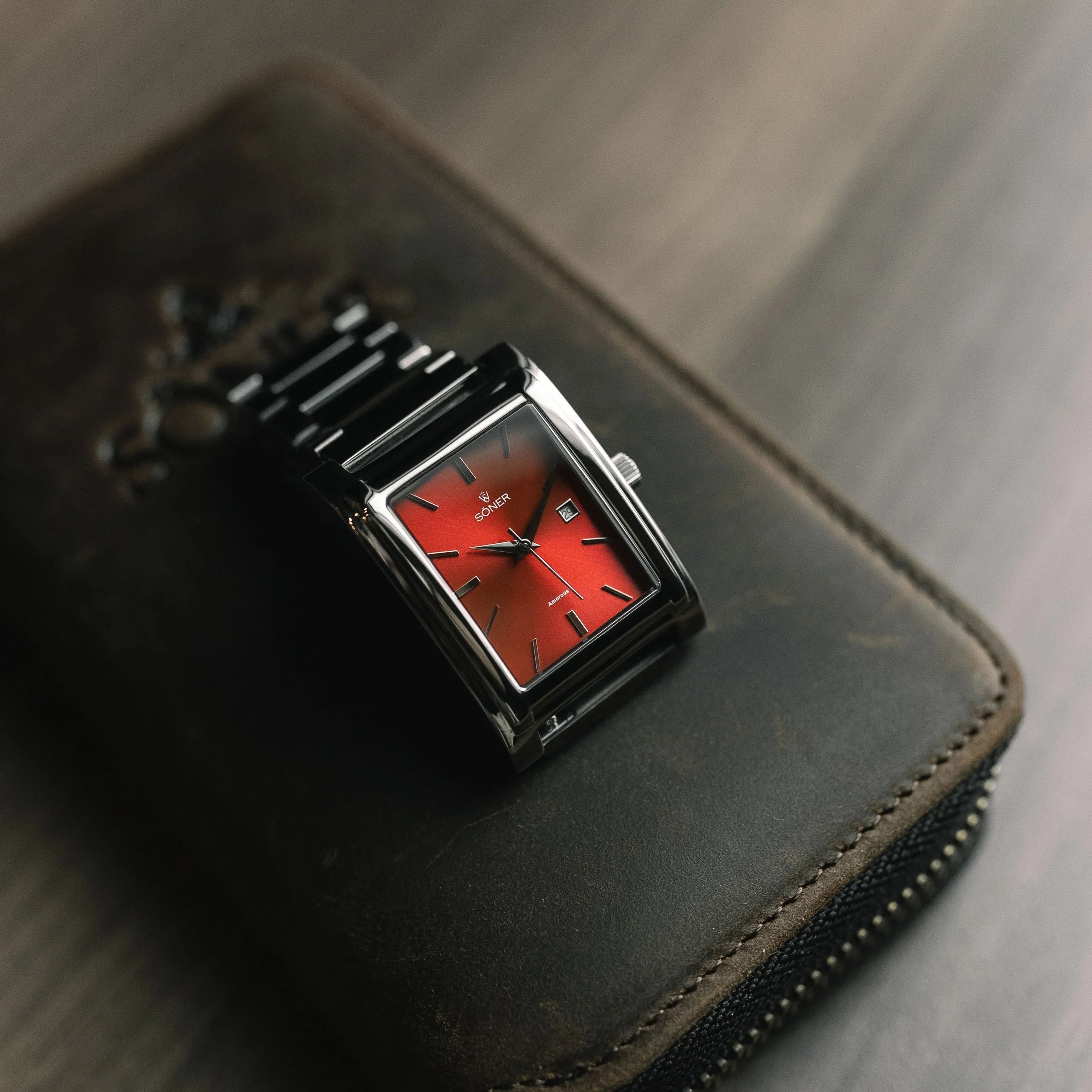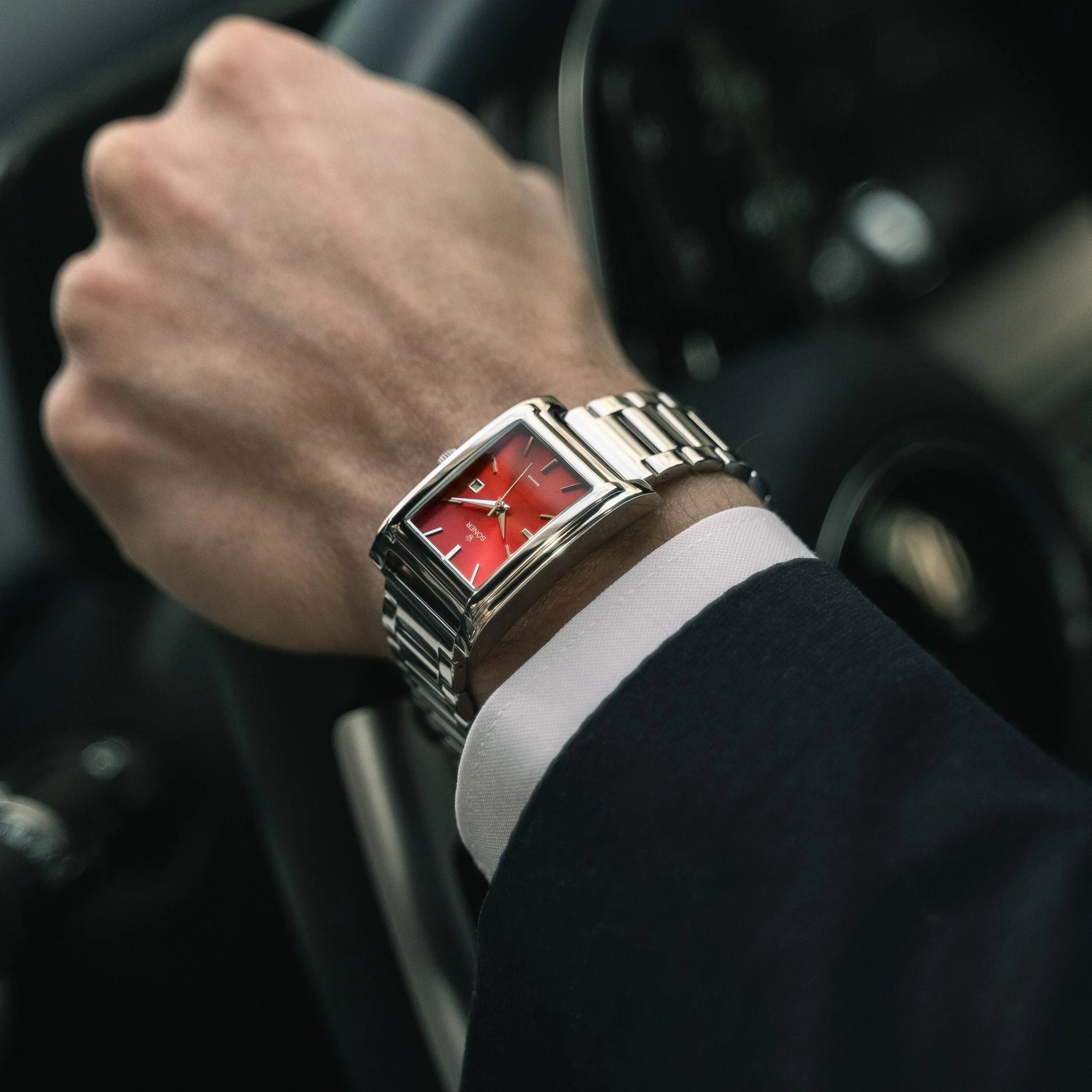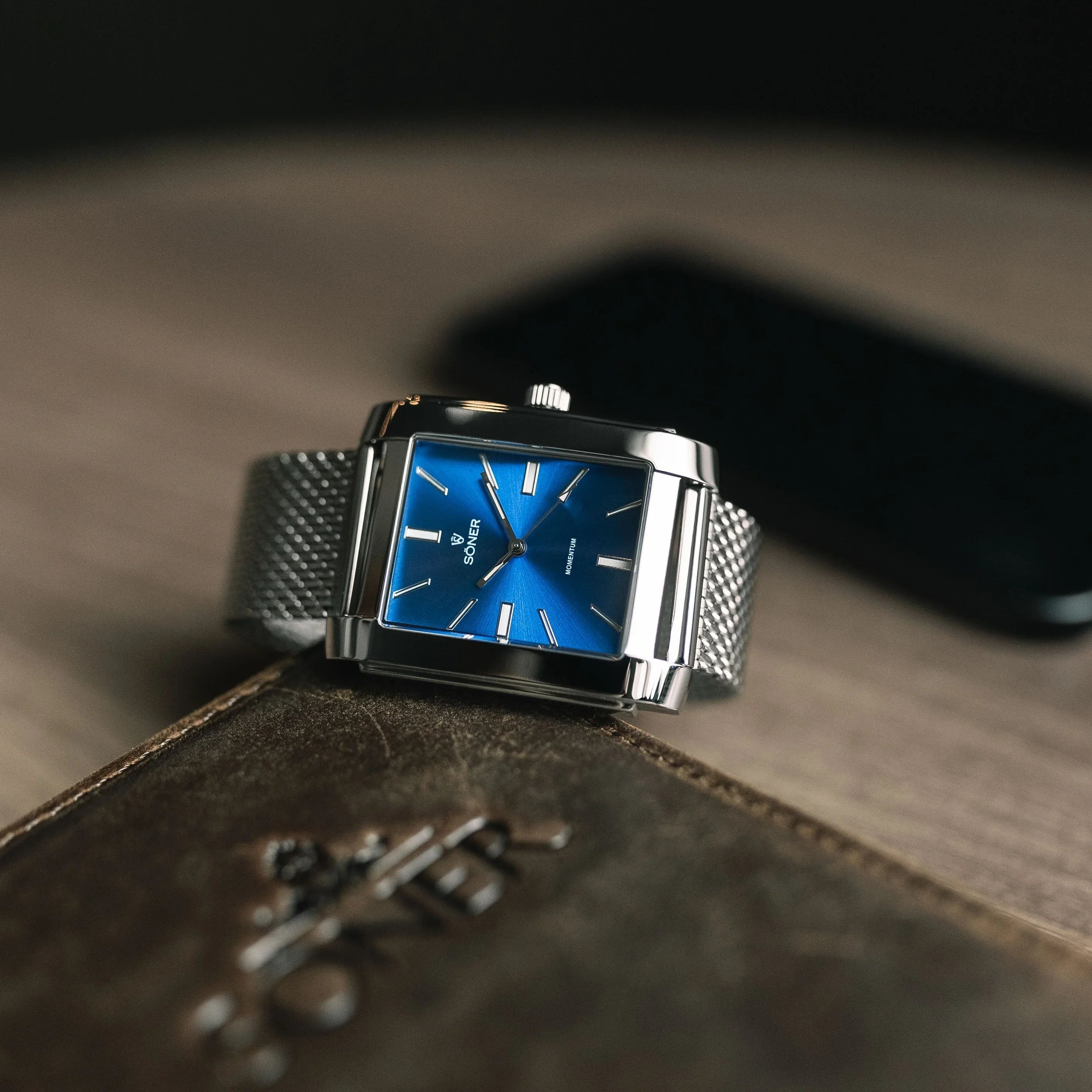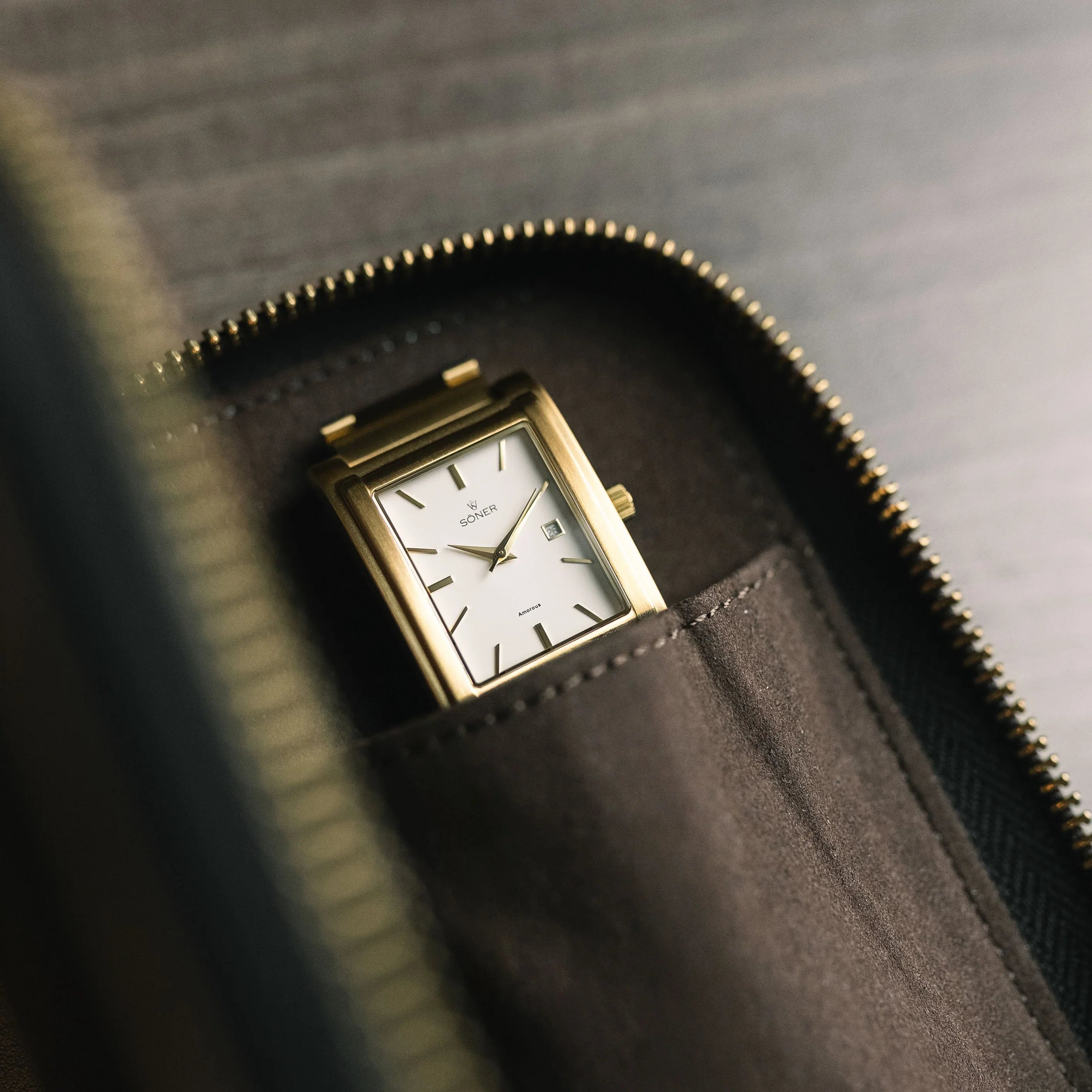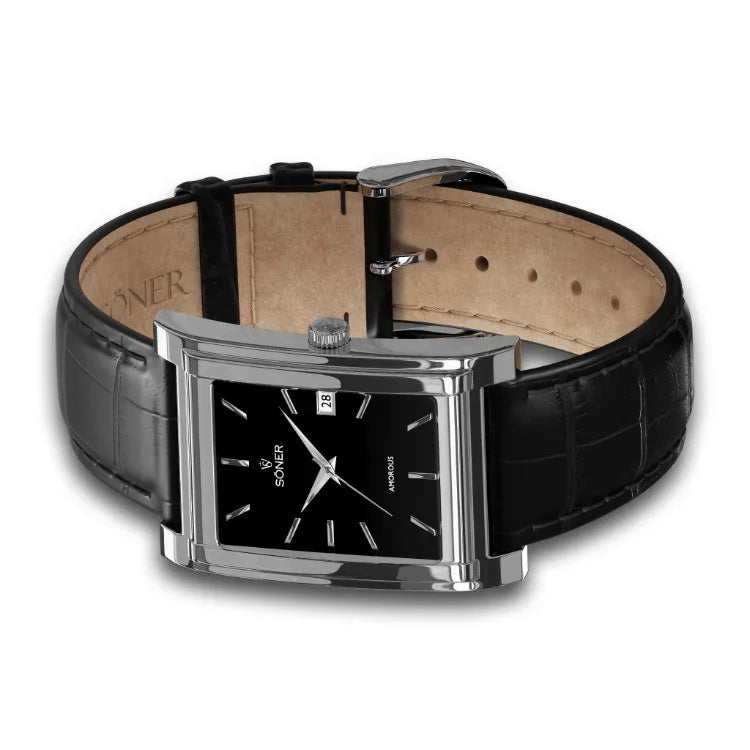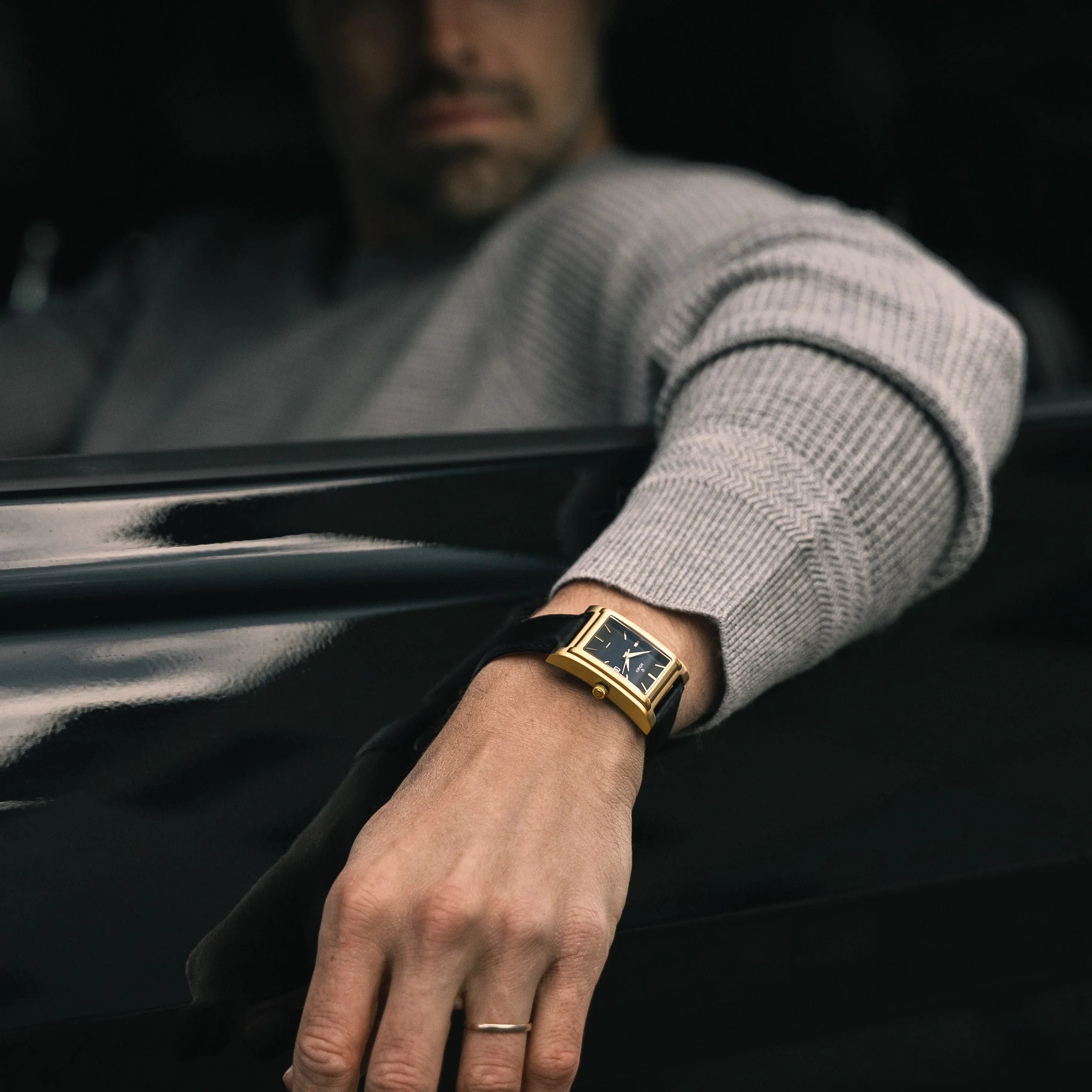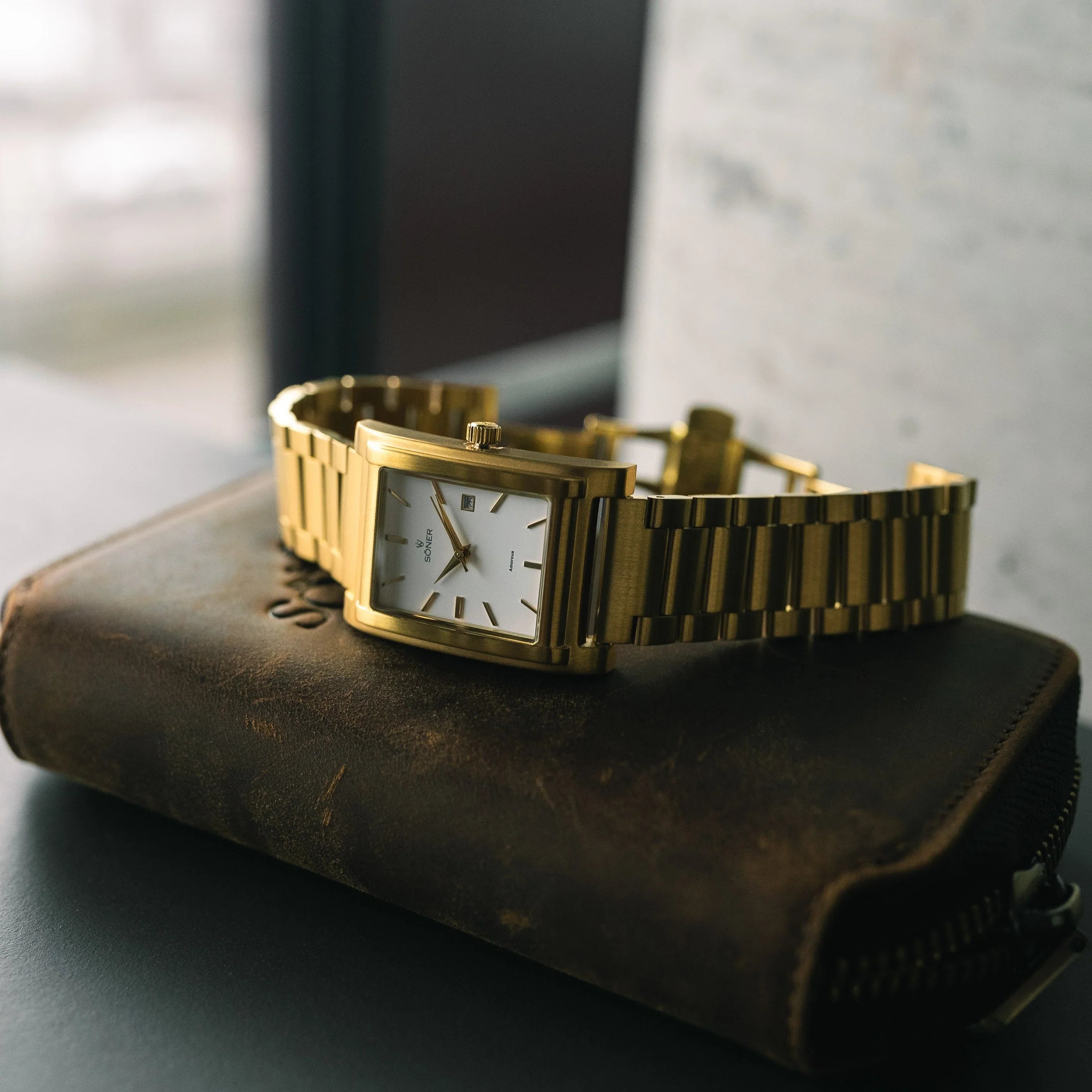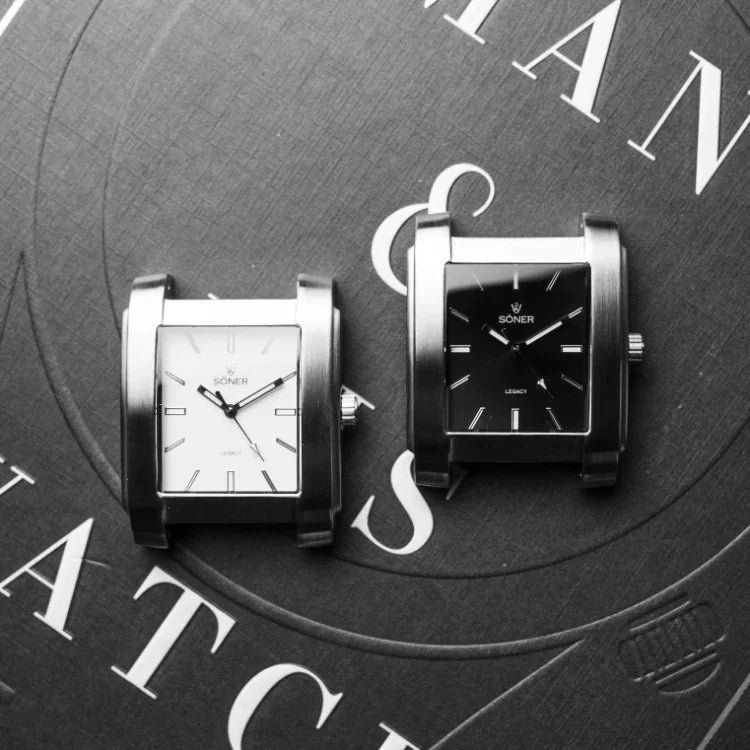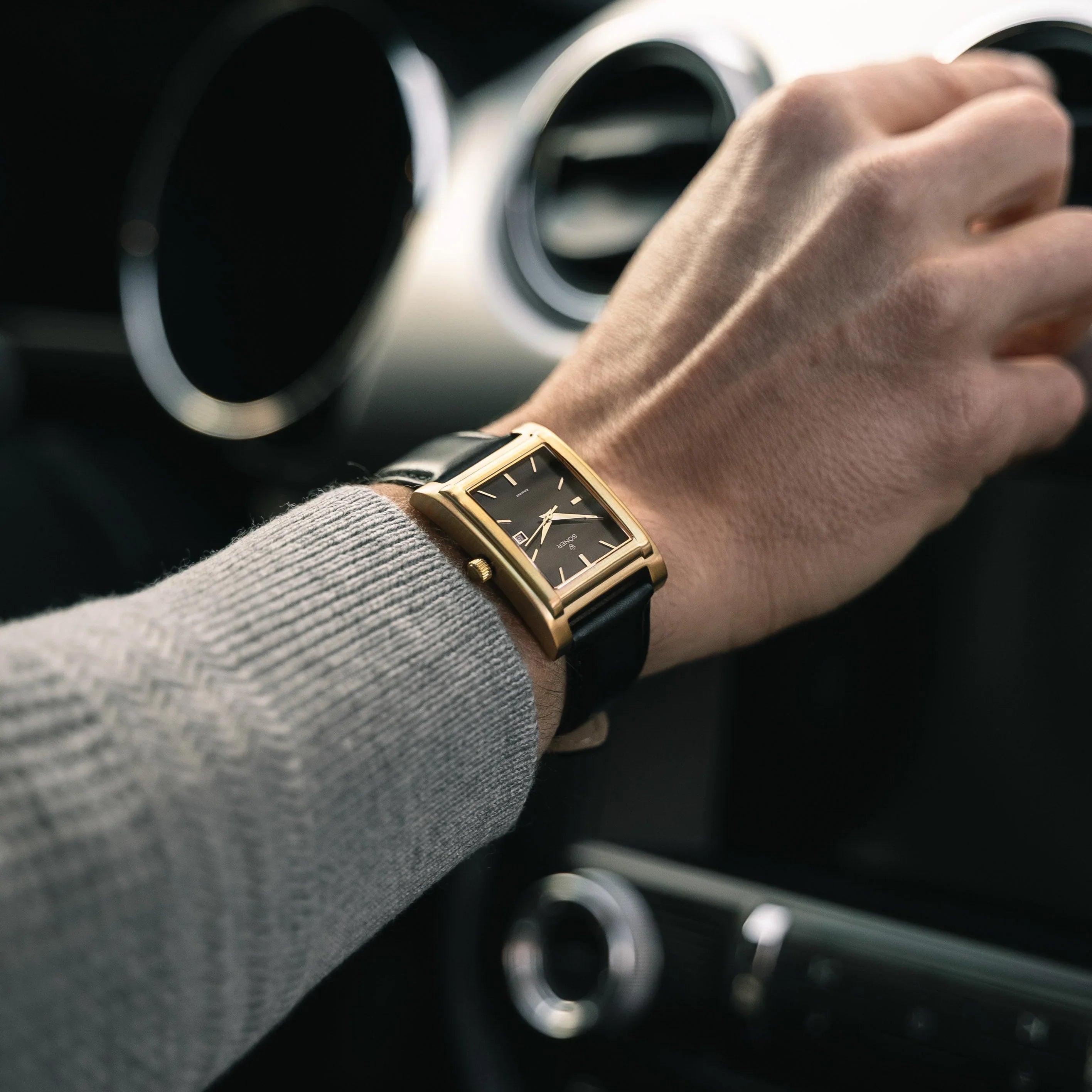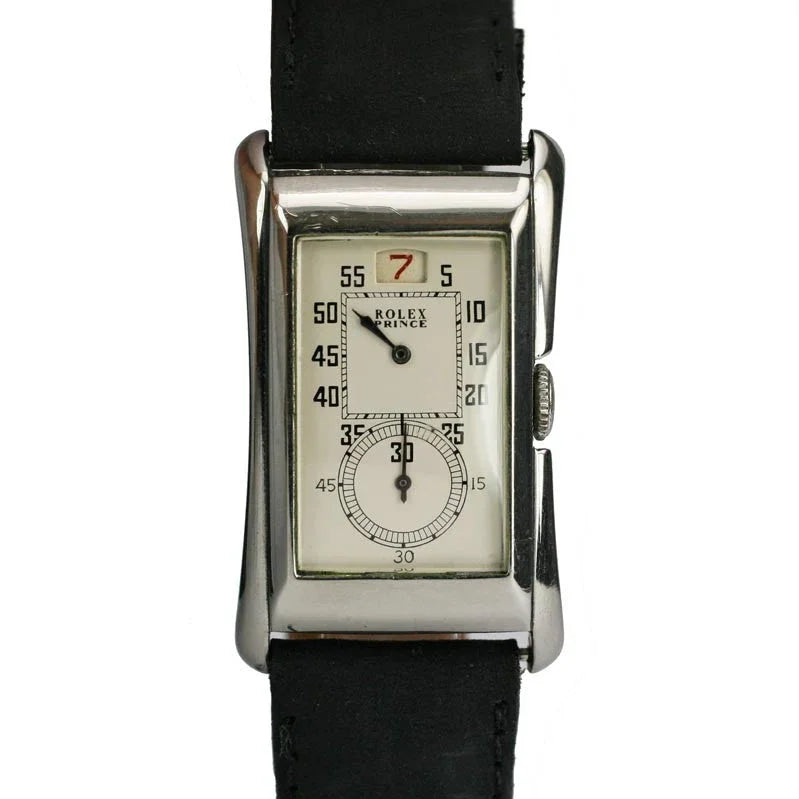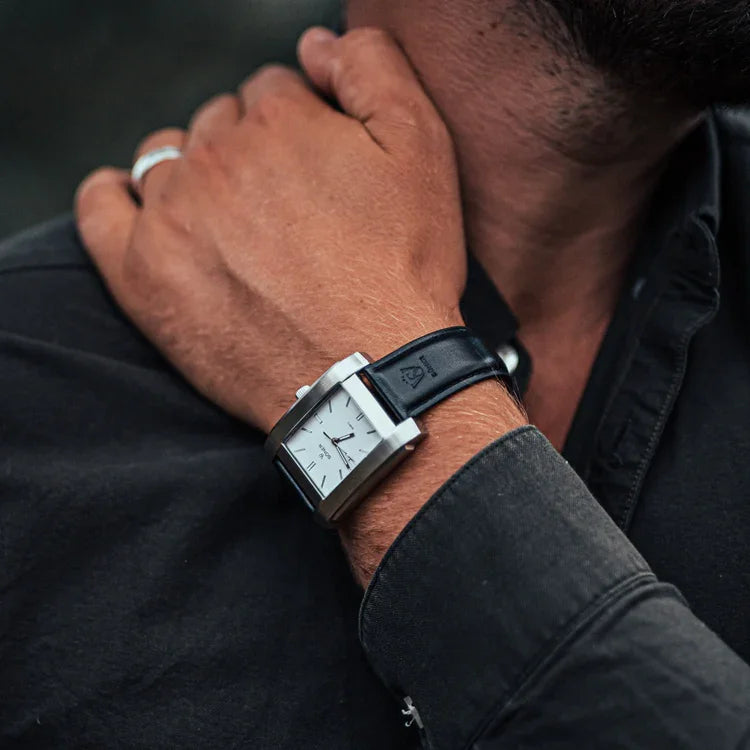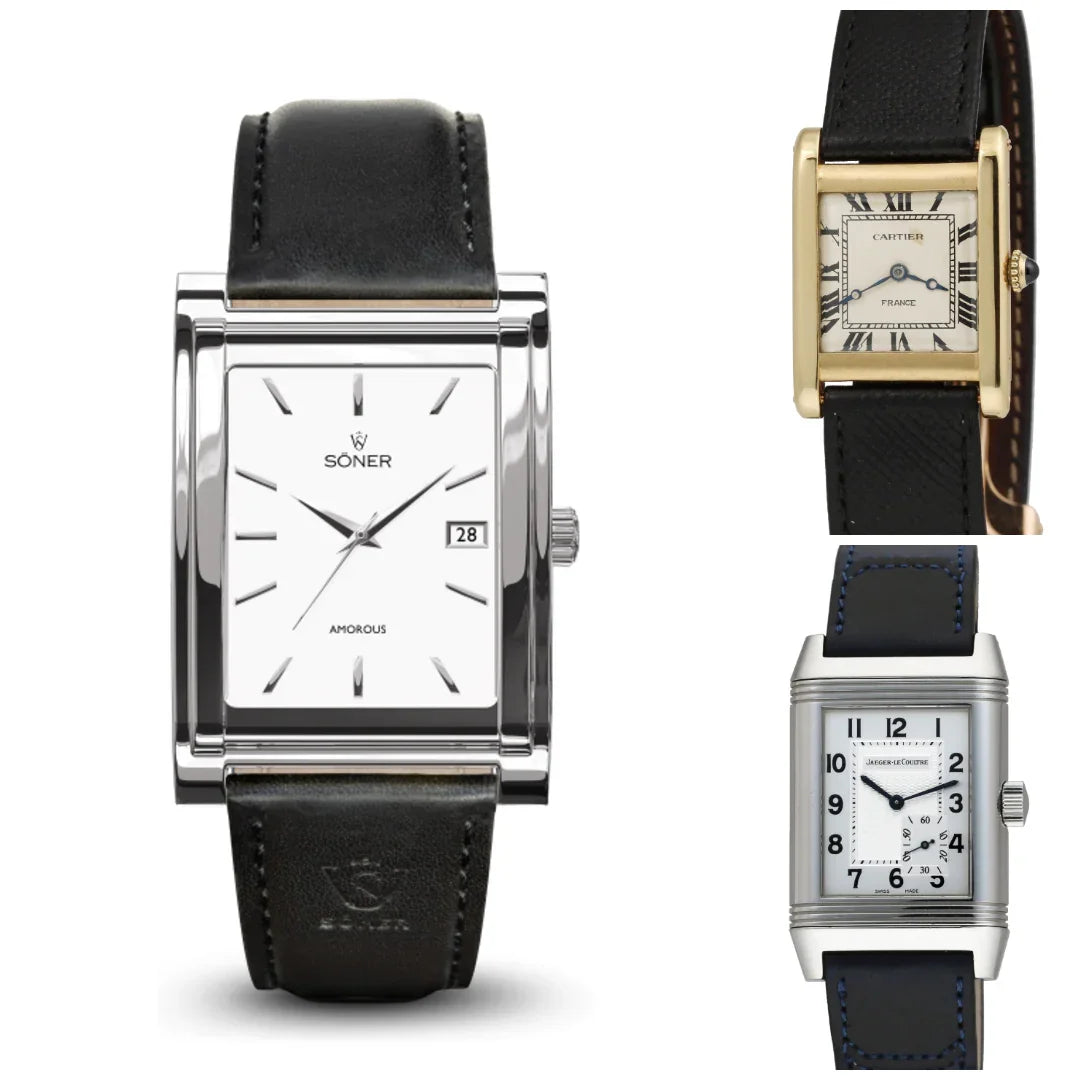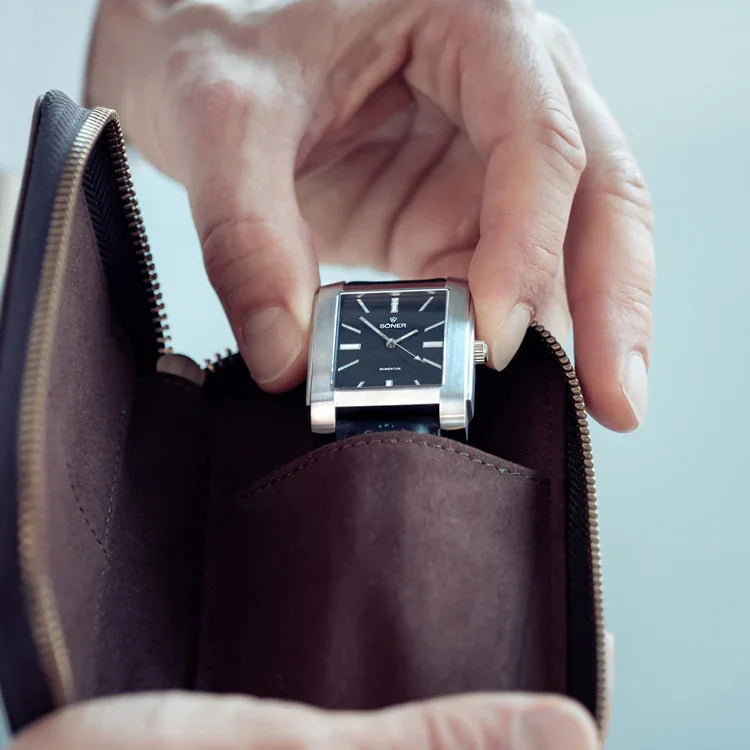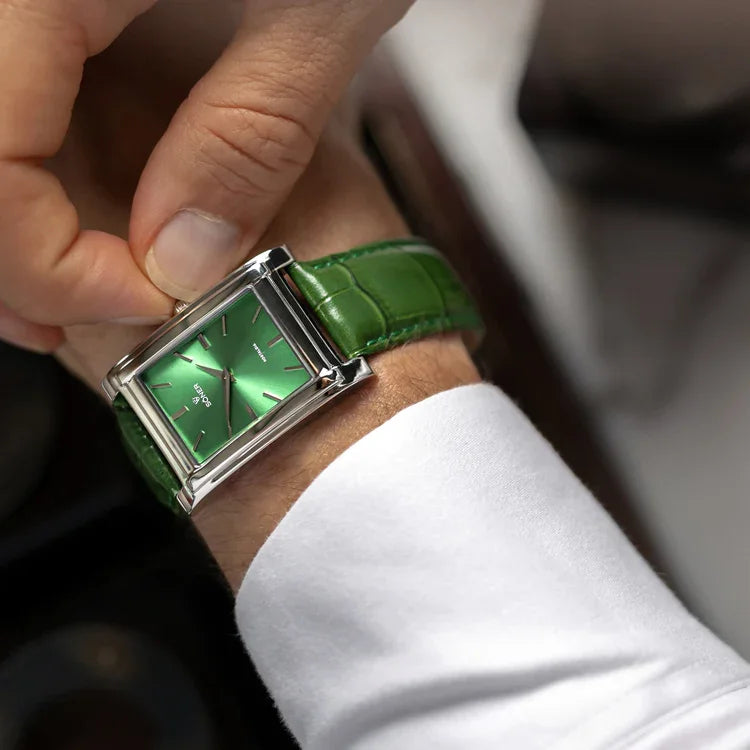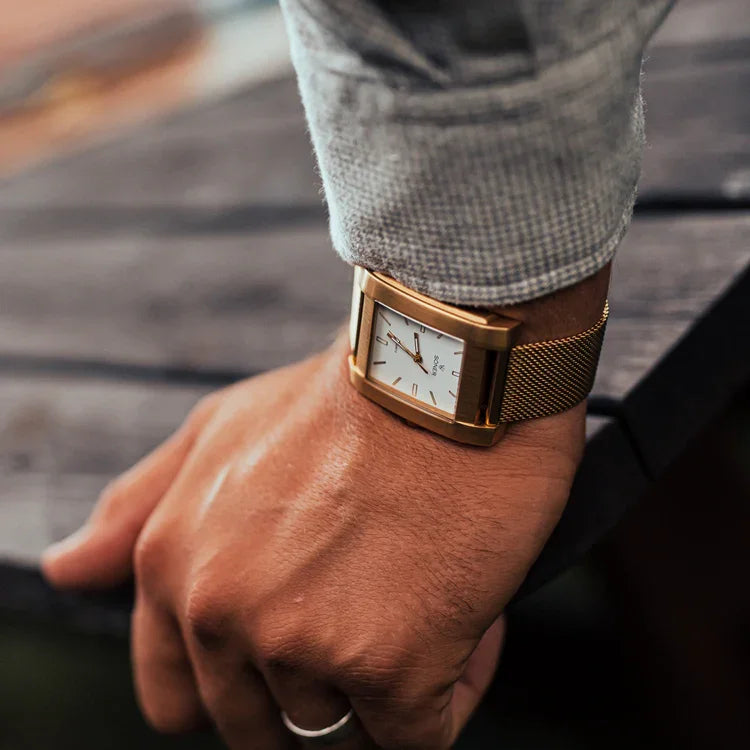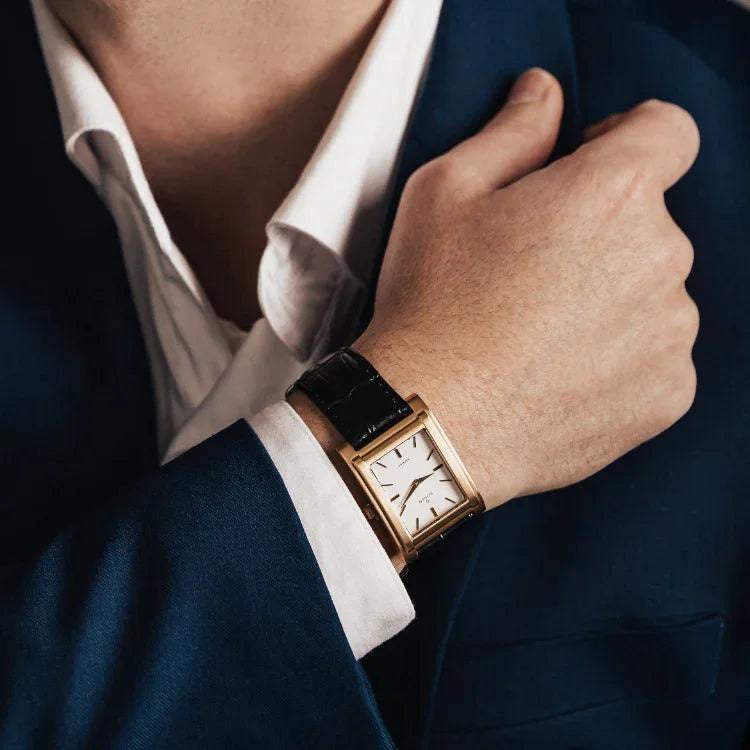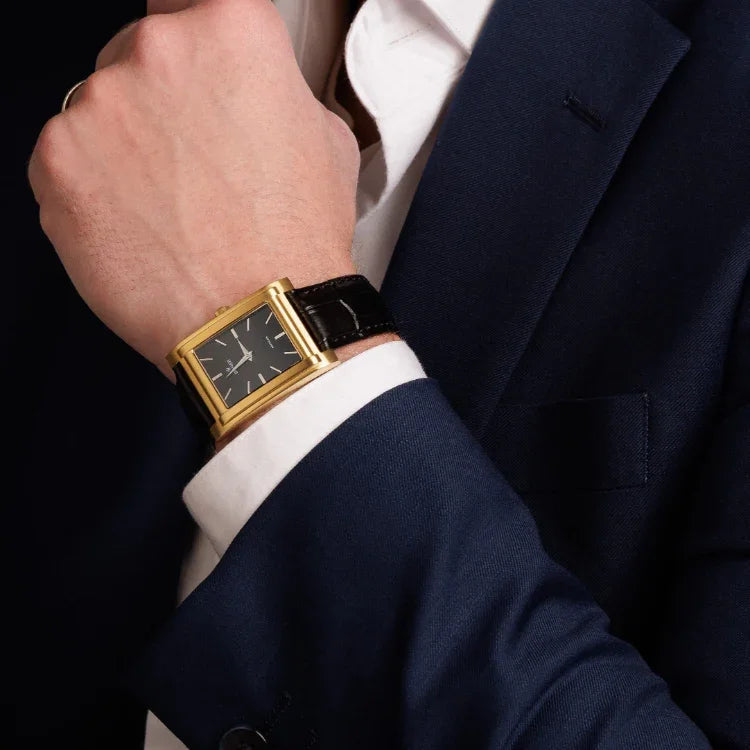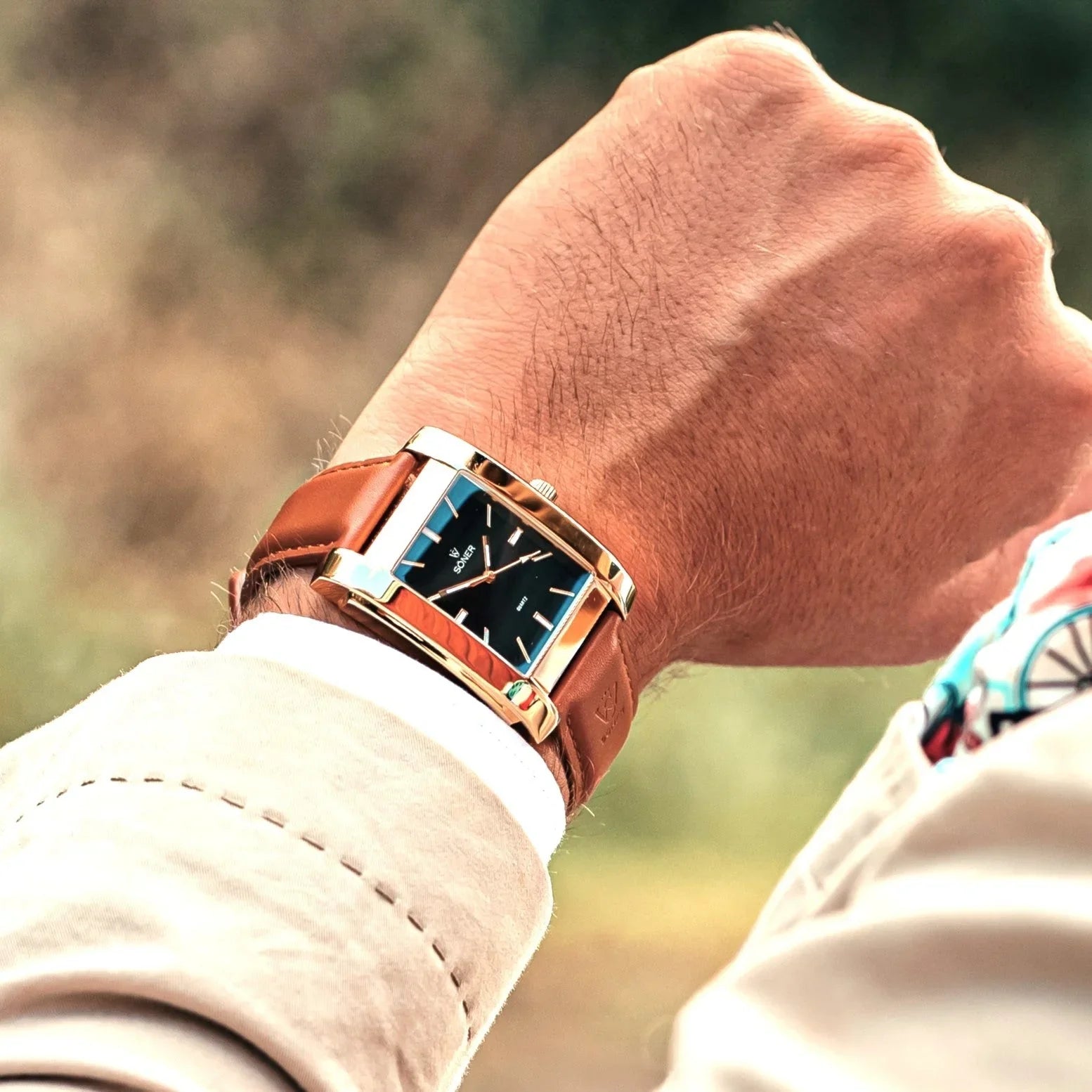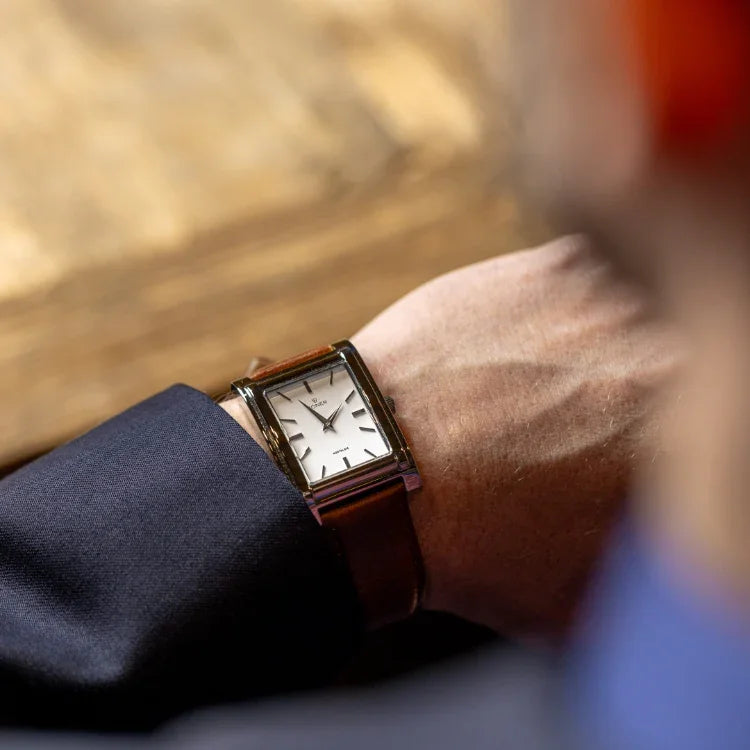Table of Contents
What is a water resistant watch?
In the world of horology, the term "water resistant" is often thrown around, but what does it truly mean? A water resistant watch is not just a timepiece that can withstand a few splashes of water. It is a marvel of engineering that can resist the ingress of water under certain conditions, making it suitable for various water-related activities. Understanding the concept of water resistance in watches is crucial for anyone who is considering purchasing a timepiece, whether for casual use, professional purposes, or sports activities.

Understanding Water Resistance in Watches
Water resistance in watches is measured in atmospheres (ATM), bars, or meters. These units of measurement represent the static water pressure a watch can withstand. However, it's important to note that these measurements do not translate directly to the depth a watch can be taken underwater. For instance, a watch rated as water resistant to 30 meters does not mean it can be used for diving to a depth of 30 meters. Instead, it indicates that the watch can withstand pressure equivalent to that experienced at 30 meters below static water.
The water resistance of a watch is achieved through a combination of various design elements and materials. These include the use of gaskets or O-rings to seal areas where water might infiltrate, such as the case back, crown, and crystal. The materials used in the construction of the watch, including the case and crystal material, also play a significant role in determining its water resistance.
Levels of Water Resistance
There are several levels of water resistance in watches, each suitable for different types of activities. These levels are often indicated on the watch dial or case back.

No Water Resistance
Watches with no water resistance are highly susceptible to damage from any form of moisture or humidity. These watches should be kept away from water at all times. They are typically vintage watches or dress watches made from precious metals.
It's also worth noting that even minor exposure to water can cause significant damage to these watches, leading to costly repairs or even total loss of the timepiece. Therefore, it's crucial to understand the water resistance level of your watch to prevent inadvertent damage.
Water Resistant to 30 Meters (3 ATM)
Watches with a water resistance rating of 30 meters or 3 ATM can withstand splashes of water from everyday activities such as washing hands or light rain. However, they are not suitable for swimming, showering, or any other water-related activities.
Despite the rating suggesting a depth of 30 meters, it's important to understand that this is a measure of pressure, not depth. The pressure exerted on a watch increases rapidly with even minor increases in depth, so a 30-meter water resistant watch should never be used for underwater activities.

Water Resistant to 50 Meters (5 ATM)
Watches rated as water resistant to 50 meters or 5 ATM are suitable for short periods of swimming in shallow water. However, most watches with 5 ATM water resistance should not be used for diving, snorkeling, or other water activities involving high-velocity water or submersion below shallow depth.
NOTE! All SÖner watches with 5 ATM have been tested for snorkeling and swimming!
Again, the rating of 50 meters does not mean the watch can be taken to this depth. It is a measure of the pressure the watch can withstand, not the actual depth.
How to Maintain the Water Resistance of Your Watch
Maintaining the water resistance of your watch is crucial for its longevity. Over time, the gaskets that help seal the watch can deteriorate, reducing its water resistance. Regular servicing, typically every two to five years, can help ensure these components are in good condition and replace them if necessary.
It's also important to avoid exposing the watch to extreme temperatures or chemicals, as these can also affect the integrity of the gaskets. Finally, after any exposure to salt water, it's recommended to rinse the watch in fresh water to remove any salt deposits that could corrode the metal parts of the watch.
Conclusion
Understanding the concept of water resistance in watches is crucial for anyone who owns or is considering purchasing a timepiece. It's not just about knowing how deep you can take your watch underwater, but also about understanding how to care for your watch to maintain its water resistance over time.
Whether you're a casual watch wearer, a professional diver, or a sports enthusiast, knowing the water resistance of your watch can help you make the most of your timepiece without risking damage to it. So, the next time you're in the market for a new watch, don't forget to check its water resistance rating and understand what it means for your intended use.

As you consider the importance of water resistance in your next timepiece, why not choose a watch that not only meets your functional needs but also sets you apart from the crowd? At Söner Watches, we're dedicated to those who dare to be different. Our exclusive collection of analog square watches is designed for individuals who value uniqueness and style. Embrace the distinction of a Söner watch and let it accompany you through every moment of your day, making a statement that's as bold as it is elegant. Discover our watch collections and join the ranks of those who don't just tell time, but tell their story with confidence and pride.

